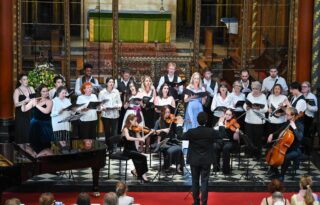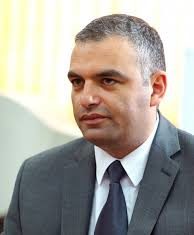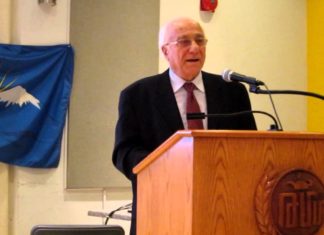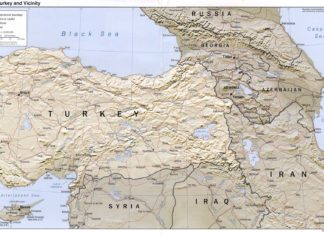By Edmond Y. Azadian
Last week, the Tekeyan Cultural Association’s Arshag Dickranian School celebrated its 30 years of existence in Hollywood, Calif. — 30 years of sweat and tears and 30 years of educating successive generations.
The Dickranian School is the leading educational institution in Tekeyan’s network of schools, which includes one institution in Beirut, Lebanon, and five in Armenia and Karabagh.
The Tekeyan Cultural Association is not an organization relying on sizeable endowment funds to run its schools; instead, each school is endowed with an army of volunteers to raise funds year round to keep the school doors open. In the case of the Dickranian School, benefactor Arshag Dickranian and members of his family have generously supported the construction and the development of the school, with the family continuing his mission after his death, by making annual, sizeable contributions. However, a school of that size, with a high school, requires huge infusions of cash to survive and to keep pace with the development of other schools. Since the inception of the school, George Mandossian has been a mover and shaker of the project, heading a group of dedicated members on the School Board.
There are 270 students enrolled at the school, who along with a quality mainstream education, learn the Armenian language and history. As if the challenges of running an Armenian school were not enough, the school has an added problem of trying to academically reconcile the speakers of Eastern and Western Armenian into the student body, as the majority of the parents are from Armenia.
With all the financial, educational, administrative and psychological problems, it is almost a miracle that the Dickranian School has survived and even thrived.







